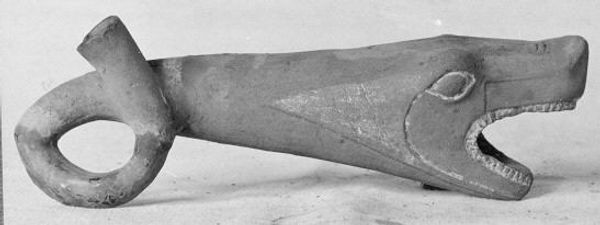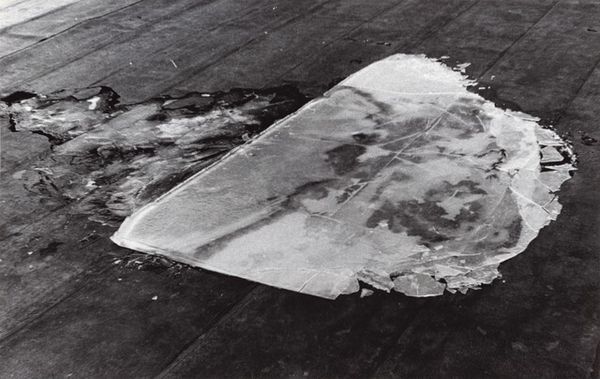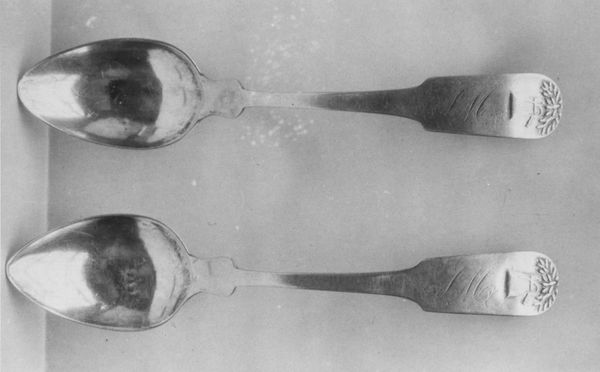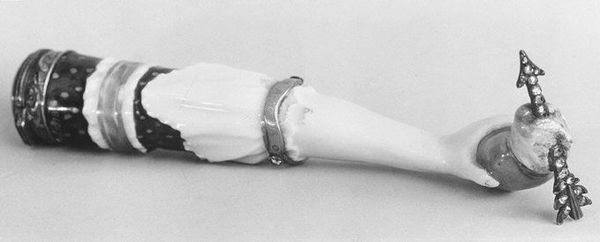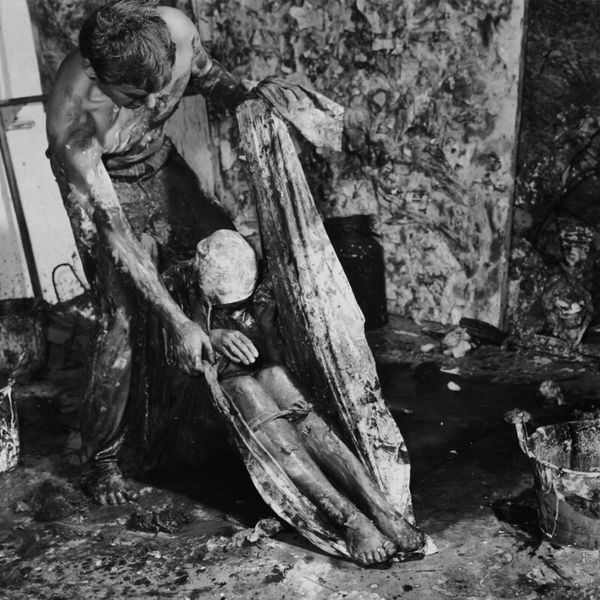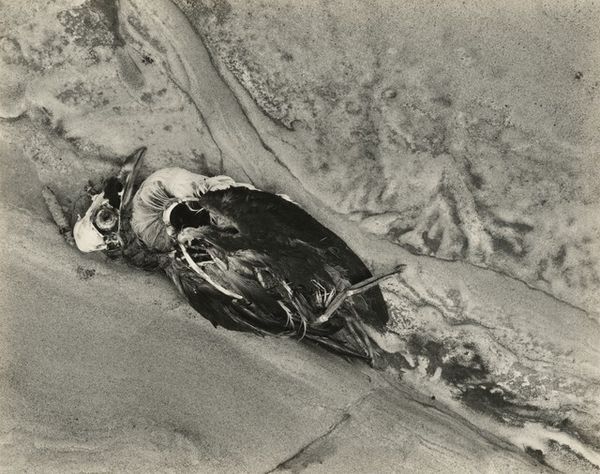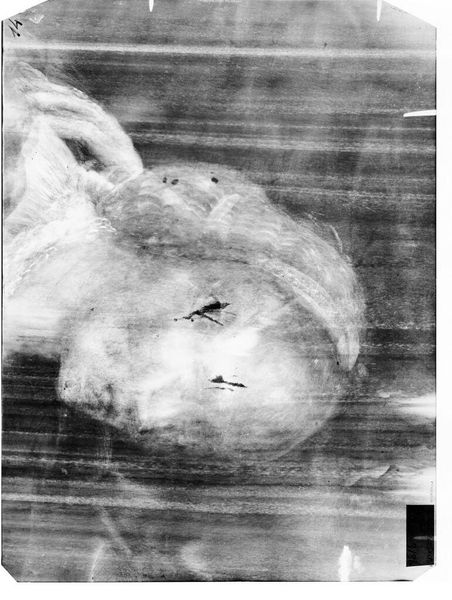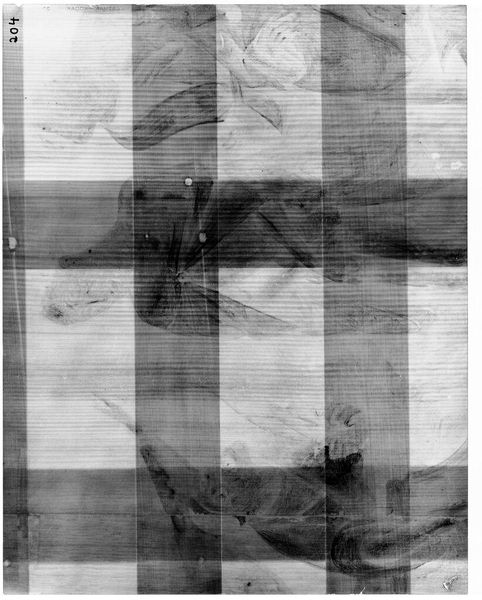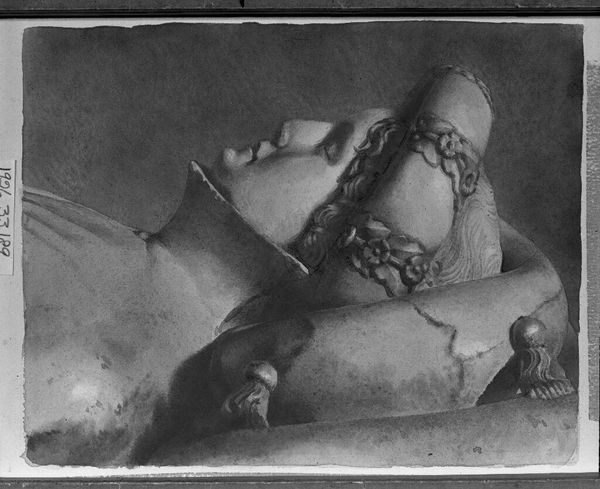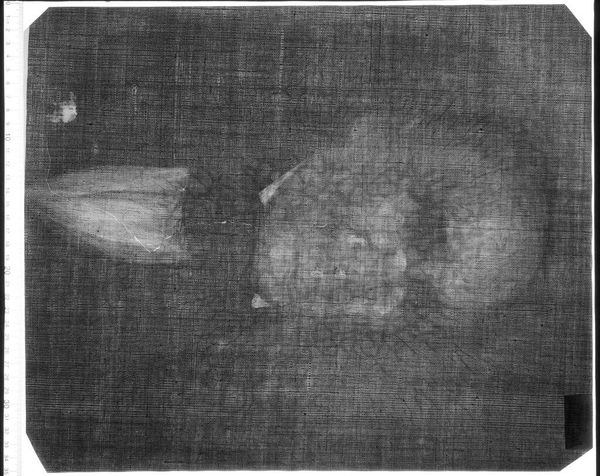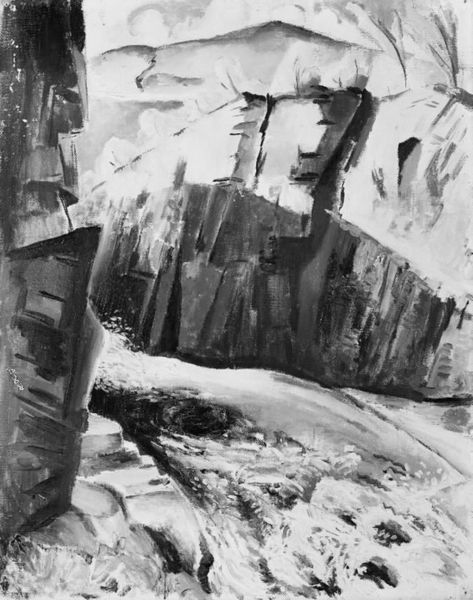
textile, photography
#
still-life-photography
#
textile
#
black and white format
#
charcoal drawing
#
charcoal art
#
photography
#
black and white theme
#
black and white
#
charcoal
Copyright: Public Domain
Curator: Okay, let’s discuss “Pair of Shoes”, from around the 1790s by Dixon Clement and Dixon, housed right here at the Art Institute of Chicago. It’s a stark black and white photograph… What jumps out at you about this work? Editor: Well, these aren't your everyday shoes. They seem very old, almost fragile. And they're displayed so simply, it makes me wonder about the story behind them. How do you approach understanding these shoes within their historical context? Curator: I think that these objects must not only be interpreted for what they are, but for where they came from and where they're going. So these are not "shoes" alone. First, consider that their survival implies relative rarity during production: were they hand-stitched for a specific buyer, perhaps denoting higher social status? Who worked the leather, spun the textiles to line them? What does their worn state tell us about consumption, waste, and repair practices of that era? What could be recycled, and how valuable was that labor? Editor: So, looking at them materially, we’re not just seeing shoes, but traces of the economy and labor practices of the 1790s? It definitely shifts my perspective. But what about shoes today - fast fashion, synthetic materials, and mass production? Do those differences render any relationship to the Clement & Dixon photo impossible? Curator: Not at all. It provides critical insight: The contrast is actually quite productive for us. We now use vastly different materials and scales, impacting working conditions, labor value, access, and, ultimately, what survives for examination, as we’re doing here. In that vein, let me ask, What value judgements arise as you study its specific construction or form, now, or during its time? How do these shoes prompt thoughts on material transformation? Editor: It’s interesting to consider how this one image can unpack so much. Thinking about labor, materials, and the economy of shoe-making, compared to today. It really makes the artwork come alive. Curator: Indeed. Material analysis helps us connect tangible objects to their social life, bridging past and present economies. It also reminds me how to "make" history every day when getting dressed.
Comments
No comments
Be the first to comment and join the conversation on the ultimate creative platform.
